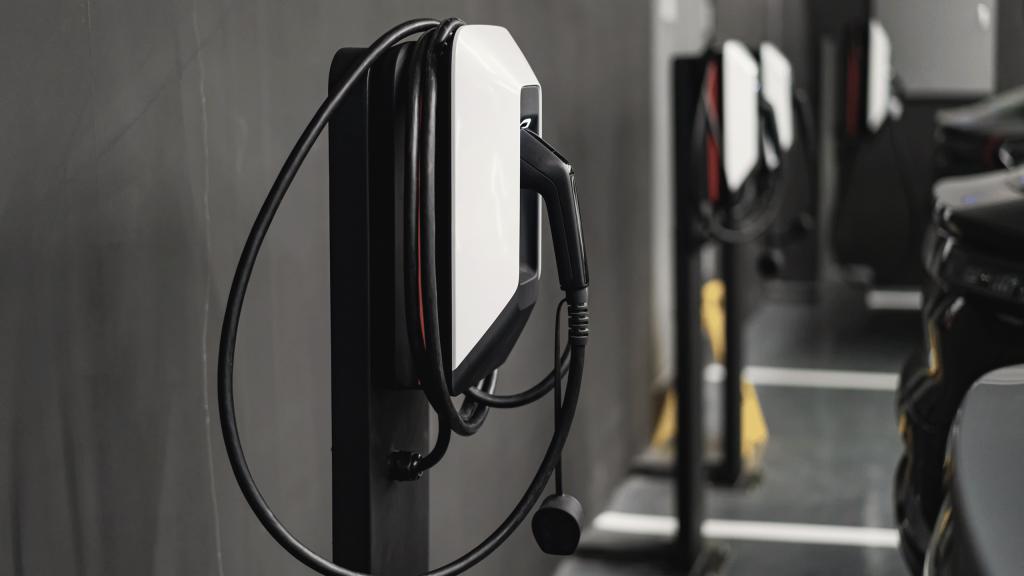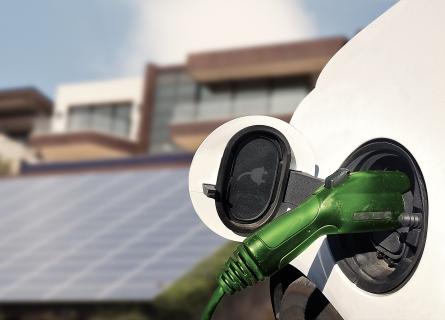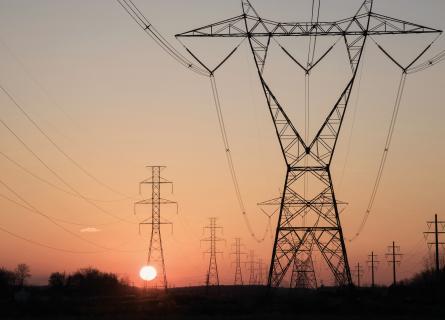
Market attractiveness for Vehicle to Grid – Three important points to consider
In the ever-evolving energy transition, one thing is clear: our future energy supply will depend on intermittent renewable energy sources such as wind and solar.
A consequence of this intermittent energy supply is that there is a greater need for grid stabilisation and flexibility. Here, Battery Energy Storage Systems (BESS) can play a crucial role by storing excess electricity for use during periods of low generation or high demand. However, stationary battery systems are not the only ones to be considered for providing services to the grid and engaging in trading.
On the demand side, the energy transition is promoting the electrification of the mobility sector, with Electric Vehicles (EVs) replacing cars based on internal combustion engines. These mobile batteries can be aggregated and used to provide grid flexibility. Bidirectional charging, also known as Vehicle-to-Grid (V2G) technology, enables electric vehicles to not only draw power from the grid but also feed electricity back into it. This two-way communication fosters a dynamic relationship between Electric Vehicles and the energy grid, turning them into mobile energy storage units.
In general, V2G business models include three major parties: the car manufacturer (known as Original Equipment Manufacturer, or for short OEM), the EV owner (private owner or fleet operator), and a party from the energy sector (typically an EV aggregator or energy retailer). By offering battery capacity for ancillary services and providing electricity on the spot markets, OEMs and EV owners can benefit from additional revenue, while grid operators and aggregators/traders take advantage of increased grid stability and additional trading volumes.
V2G requires considerable investments in new charging technology, such as bidirectional-capable DC wall boxes, as well as on-board system configurations for DC charging.

Automotive OEMs planning to enter new markets with V2G technology need to consider a few points:
Market attractiveness for V2G
There are three different criteria clusters that need to be looked at when analysing the market attractiveness of a country for V2G: the BEV penetration, the energy market readiness, and the regulatory landscape.
1. EV penetration
EV penetration would be the most obvious criteria; here, the country’s climate targets/EV targets should be considered. The ideal market already has a significant share of EVs and is projected to grow this share exponentially within the next years.
2. Energy Market Readiness
Energy market readiness for V2G can be evaluated by looking at the country’s generation mix, the share of interconnection in the country’s energy supply, and the share of smart meters in private households or commercial buildings. The ideal market for V2G would therefore be a market with a high share of intermittent renewable energy sources, a low share of interconnections with other countries, and a high penetration of smart metering in private households and at corporate buildings (since smart meters are a prerequisite for time-dependent consumption and thus any form of intelligent charging).
3. Regulatory Landscape
Finally, the regulatory landscape plays an important role when assessing market attractiveness. The ideal market has a liberalised electricity market (e.g. day-ahead/intraday market and ancillary services, especially Frequency Control Reserve - FCR), low bid sizes in the spot market/ancillary services (≤1MW), and defined market roles for aggregators. Essential for the V2G business case is that the electricity used to provide ancillary services/trading on the spot market is exempt from taxes and grid fees. The goal is to avoid double taxation, similar to how it has already been brought in place for stationary BESS services providing flexibility to the grid in Germany. Communication to the EV owners may also be regulated to ensure technology adoption.

Paving the Way Forward
Bidirectional charging represents a significant step towards a more sustainable and resilient energy future. As we navigate the complexities of global energy transitions, it's imperative to recognise and cater to the unique requirements of each country. By fostering collaboration between governments, industries, and consumers, we can accelerate the integration of bidirectional charging, turning electric vehicles into not just a mode of transportation but as active contributors to a cleaner and more efficient energy grid.
In a previous project, AFRY Management Consulting provided strategic analysis for an automotive OEM as well as investors exploring potential V2G target markets. AFRY Management Consulting offers strategic insights and market assessments across the whole energy sector. Feel free to reach out to explore the potential of bidirectional charging and collaborate towards a sustainable future—one electrifying charge at a time.



